Preliminary note: For Gmail readers, this essay might be clipped due to size limitations. To read the entire essay simply click on “View entire message” at the bottom of the email, thanks.
Hello!
Like last year I have made a list of the best books I read in the previous year, along with a short review for each. This post is about three months late. I was busy in January and much of February preparing the release of my book “The Expedition to Khiva” which is available on Amazon in paperback and on Kindle worldwide. But better late than never.
The list for the books I read in 2023 can be found here.
Some of these books might difficult to find. For those that cannot be found in libraries or purchased, or are being sold at an unreasonable price, I would recommend searching for them either on Anna’s Archive (Libgen no longer works I believe) or on Internet Archive. If anyone has trouble locating material, leave me a comment below and I will do my best to help.
The Germanization of Early Medieval Christianity: A Sociohistorical Approach to Religious Transformation - James C. Russell
An interesting book that examines the spread of Christianity to the Germanic barbarians who brought down the Western Roman Empire in late antiquity. The book is basically divided into two parts that are largely separate from one another and each present their own unique thesis. The first part argues that Christianity spread the way it did in the Roman Empire because it was a universalistic religion that offered a solution to the atomization and rootlessness which characterized the large, cosmopolitan cities of the empire. The second part looks at how Christianity was “Aryanized” and made palatable for the warlike Germanics.
The thesis of the first part of the book is very interesting and is likely correct to a large extent. The thesis intuitively makes sense because Christianity serves a similar role today, in a world where life is similarly atomized and rootless. The thesis of the second part of the book is much weaker. Russell provides far less evidence for what he claims, and as a result the entire second part of the book is underwhelming. The first half of the book is definitely worth reading though due to its relevancy to the modern world.
Hunnic Peoples in Central and South Asia: Sources for their Origin and History - Dániel Balogh (Editor)
An excellent reference book. This book is a compilation of excerpts from all primary texts that discuss the Huns, which includes Chinese, Khotanese, Pahlavi, Sogdian, Bactrian, Armenian, Syriac, Arabic, Greek, Latin, and Indic sources. The Huns are best known for their involvement with the collapse of the Roman Empire during the reign of Atilla, but other Hunnic peoples were also present in Central Asia and the North Caucasus and were known by several other names, including Hephthalites and others. The origin of the Huns likely lies with the Xiongnu, the first great nomadic empire to emerge on the steppes north of China in the 2nd century BC. It is likely that following the collapse of the Xiongnu, Hunnic tribal elements migrated westwards, and eventually crashed into the Roman Empire. A great deal of mystery surrounds the Huns due to a lack of primary sources, thus this book is particularly valuable for compiling what little that does exist.
The Conquest of a Continent: Siberia and the Russians - W. Bruce Lincoln
A popular, general overview of the history of Russia’s conquest of Siberia. Lincoln covers the subject matter fairly well, but for 20th century history his biases become very noticeable and the text becomes increasingly polemical. The author is obviously sympathetic to the Bolsheviks and Soviet Union. The book is still worth reading simply due to a lack of other English language books on this topic. Igor Naumov’s “The History of Siberia” might be better for those looking for a more academic book, but it is less thorough. I also wrote a long essay last which covers the Russian conquest of western Siberia, up the Altai Mountains.
The Partition of the Steppe: The Struggle of the Russians, Manchus, and the Zunghar Mongols for Empire in Central Asia, 1619-1758- A Study in Power Politics - Fred W. Bergholz
An excellent book which covers the diplomatic history of Russian-Mongolian and Russian-Chinese relations during Russia’s expansion into Siberia. This book is very similar to “China Marches West” by Peter Perdue, with the principle difference being that Perdue’s book is written mainly from the Chinese perspective, whereas this one is from the Russian perspective. This is quite an interesting book to see how Russia’s expansion south out of Siberia into the steppes was halted by the steppe nomads and how Russia tried but failed to bring them into Moscow’s orbit.
The Complete Fables – Aesop
A collection of the well known fables of Aesop. It is worth noting that there is no clear or fixed collection of Aesop’s fables. A large number of fables are attributed to him but each edition of this book includes a different set. I am not sure whether a “complete” edition of Aesop’s fables exists.
Deadly Dialectics: Sex, Violence, and Nihilism in the World of Yukio Mishima - Roy Starrs
A very interesting analysis of Mishima’s writing and life. This book is only worth reading if you have already read a majority of Mishima’s novels.
Internal Colonization: Russia's Imperial Experience - Alexander Etkind
An excellent and very interesting book about how the Russian Empire was itself a colony of its imperial center and elite. Not an easy book to summarize as it has many digressions and anecdotes from history and literature, but it is must read for those interested in Russian history. This was my second time reading this book. I originally purchased this book based on the cover and name alone. Some books can be judged by their cover.
The Qїrghїz Baatïr and the Russian Empire: A Portrait of a Local Intermediary in Russian Central Asia - Tetsu Akiyama
An excellent book that examines the expansion of the Russian Empire into modern day Kyrgyzstan through the biography Shabdan Jantay uulu, a Kyrgyz chieftain who grew up as a warrior and raider and later cooperated with the Russian Imperial state. This book answered several questions that I previously had about this topic, namely what differentiated the Kyrgyz from the Kazakhs prior to their incorporation to the Russian and Soviet states (unlike the Kazakhs, the Kyrgyz nobility did not claim to have Chingisid lineage).
Arrian: Periplus Ponti Euxini – Arrian
This short book is a report written by Arrian while he was governor of Cappadocia. Addressed to Emperor Hadrian, the report is written as a guidebook where Arrian describes the coast of the Black Sea, detailing distances, landmarks, and peoples of the region. This text along with Strabo’s “Geographica” are two of the best ancient sources on the Black Sea region which were written in an objective, non-mythologized manner (unlike the Odyssey or the “Argonautica” by Apollonius of Rhodes). This was my third time reading this book.
The King’s Road: Diplomacy and the Remaking of the Silk Road - Xin Wen
This book in excellent piece of scholarship that examines how diplomacy was conducted by the Guiyijun, a Chinese state based in Dunhuang which emerged in the Hexi Corridor following the collapse of the Uyghur Khaganate and Tibetan Empire in the 9th century. The book relies on state documents discovered in Dunhuang’s library cave. More then merely a text about the Guiyijun, the book is a window into the Chinese diplomatic norms that once existed on the Silk Road, which greatly involved mutual and reciprocal gift giving between sovereigns, which to a large extent was what Silk Road trade largely entailed.
An Introduction to the History of the Turkic Peoples: Ethnogenesis and State Formation in Medieval and Early Modern Eurasia and the Middle East - Peter B. Golden
This book is likely the single best book on the history of the Turkic peoples, covering their origins on the eastern Eurasian steppes to their subsequent migrations and transformations which ultimately brought them to Anatolia. The Turks emerged in the 6th century on the modern day Mongolian steppes. Originally a steppe nomadic people who were Asiatic in appearance, the Turks created a series of large empires that controlled the Eurasian steppes and rivaled the sedentary states to their south. In the 9th century following the collapse of the Uyghur Khaganate, the Turks largely abandoned their homeland in Mongolia and in the west they began mixing more thoroughly with the Islamic world. During the 10th and 11th centuries the Turks under the Qarakhanid Dynasty began converting to Islam while Central Asia became increasingly Turkic in terms of demographics and language. The Seljuks became only more involved with Islamic politics, beginning what Oswald Spengler called the “Caesarian era” in Islamic or Magian civilization. This process culminated with the founding of the Ottoman Empire and the Turkification of Anatolia, which in the end produced the modern day Republic of Turkey. The author Peter Golden is one of the foremost experts on Turkic history and his a specialist on the Khazars, a Turkic grouping who founded an empire on the Pontic-Caspian steppes in the 7th century and converted to Judaism. He has several other books including “The World of the Khazars” and “Turks and Khazars” that are also excellent.
Inner Asian Frontiers Of China - Owen Lattimore
This very interesting book is one of the most important texts on the history of China and its relations with the steppe nomads. Lattimore argues that China and the steppe nomads both developed along unique pathways based on their local ecology, and once both began expanding outwards in the 2nd century BC, they came into conflict over the “marginal terrain” that lay between them. Whereas China developed a form of intensive farming along the valleys of Wei and Yellow rivers, the nomads developed an way of life based on pastoral nomadism that involved the extensive use of land. Intensive agriculture could not be implemented in the arid steppes of Mongolia, nor could extensive pastoralism be done in the Chinese heartland, but between these two zones, in the Ordos Loop and in the region of modern day Inner Mongolia, the land could accommodate both modes of production. Thus, as a result of the expansion of both the Qin Dynasty and the Xiongnu, China and the nomads entered into a nearly 2000 year long period of ecological driven competition for the intermediary zone. Lattimore also argues that the Manchurian peoples, such as the Khitan, Jurchens and Manchus, were able to conquer and rule both the steppes and China because their way of life was only semi-nomadic. Their homelands along the Liao and Songhua Rivers in Manchuria could accommodate both Chinese style intensive farming and pastoral nomadism, and thus they were naturally well suited to dominate both.
While some aspects of the book’s arguments are likely outdated, the general thesis is likely largely accurate. Owen Lattimore is one of the most important figures in the study of China’s relations with Inner Asia and “Inner Asian Frontiers Of China” is probably his most important work. I would also highly recommend “Studies In Frontier History: Collected Papers 1928-1958,” which might be even more worth reading that this book. This was my second time reading this book.
Hanno the Carthaginian: Periplus or Circumnavigation of Africa
This very short, yet very interesting book is one of the only primary sources that survives which was written by a Carthaginian, as well as being one of the few sources about ancient Africa. In the 5th century BC Hanno sailed past the Pillars of Heracles (Gibraltar) with a small fleet and the intention of reinforcing Carthage colonies on Africa’s western coast. The expedition sailed further, likely reaching Mount Cameroon before either turning back or possibly continuing further - either or, the text ends abruptly. The text only survives in fragments and is best read with commentary that helps explains the cryptic information it provides. Many questions concerning this text remain an unanswered.
The Silk Road and Cultural Exchanges Between East and West - Xinjiang Rong
This book is an excellent collection of essays on the Silk Road during the early medieval era, when Eurasia was unified by the Turkic Khaganates and later contested by the Turks, the Tang Dynasty, the greatest of China’s empires, and the Tibetan Empire. The author Rong Xinjiang is one of the leading scholars on Silk Road history and as written numerous volumes in Chinese. Hopefully more of his research is translated going forward. I would also recommend Rong’s “Eighteen Lectures on Dunhuang.”
The Opposing Shore - Julien Gracq
Nassim Taleb’s favorite novel (I learned of it from his favorite books list), “The Opposing Shore” completely lives up to expectations. The story is set in a fictional Italian principality named Orsenna that has been at war with Farghestan for 300 years. The two powers are separated by a narrow strait, and for as long as anyone can remember both sides have forgotten about each and a “hot peace” reigns between them. The story follows Aldo who is assigned to be a political officer at a lonely naval fortress on the strait opposite Farghestan, and as the story progress his curiosity and actions slowly bring things into motion. Aside from the novel’s plot which is really about the overcoming of eunni and rebirth through destruction, the novel has an incredible atmosphere and prose. This is my novel favorite novel along with Lermontov’s “Hero of our Time.” I would also recommend Gracq’s “Balcony in the Forest” which has a very similar plot, but is set in the Ardennes Forest during the Phony War stage of the Second World War. The “The Tatar Steppe,” which Taleb also recommends, is very similar and also excellent. This was my third time reading this book.
Foreign Devils on the Silk Road - Peter Hopkirk
Like other Hopkirk books, this retells several stories by European, American and Japanese adventurers in Central Eurasia, with the focus of this book being the international race to uncover the lost ruins and artifacts of the Tarim Basin, the core region of the historic Silk Road. Aside from the stories themselves being great, this book serves as a great introduction to the archaeology and historic sites of the region, such as the Mogao Thousand Buddha Caves at Dunhuang, Qochi, Jiaohe and the Bezeklik Caves as Turfan, the Kyzykl Caves at Kucha, the sites around Khotan and Loulan at Lop Nor. For those who would like to read deeper into this subject I would recommend going straight to the primary sources themselves that Hopkirk uses. A particularly good book is “Buried Treasures Of Chinese Turkestan” by Albert Von Le Coq, a German archaeologist who helped uncover the Thousand Buddha Bezeklik Caves at Turfan.
The Making of Modern Japan - Marius B. Jansen
A good general history that covers Japanese history from the end of the Sengoku (Warring states) era and the founding of the Tokugawa Bakufu up to post-war Japan. The book is particularly focused on economic history, but also covers political, cultural, and social affairs very comprehensive and thoroughly. A good introduction to modern Japanese history.
Russia's Steppe Frontier: The Making of a Colonial Empire, 1500-1800 - Michael Khodarkovsky
This book examines the history of Russia’s interactions with the nomads on the Pontic-Caspian steppes roughly from the rise of Moscow onwards. This topic can be a bit complex due to the kaleidoscopic array of shifting nomadic groupings that existed in the region during that time, but Khodarkovsky’s book is easy read. His other books are also excellent and worth reading, namely “Bitter Choices: Loyalty and Betrayal in the Russian Conquest of the North Caucasus” and “Where Two Worlds Met: The Russian State and the Kalmyk Nomads, 1600-1771.” This was my second time reading this book.
Vampire Hunter D Omnibus: Book Two - Hideyuki Kikuchi
A collection of light novels from the Vampire Hunter D series. Set 10,000 years in the future after a nuclear war, the earth is divided between humans and the “nobles,” a race of vampires that prey on humans. The genre is a mix of horror, Wild West and post-apocalyptic. Volume 4 is particularly good in this book. I would recommend watching the first film before anything else.
The Baron's Cloak: A History of the Russian Empire in War and Revolution - Willard Sunderland
Similar to “The Qїrghїz Baatïr and the Russian Empire,” this book examines Russian history in the form of a biography. The subject of this book is the infamous Baron Roman von Ungern-Sternberg, a Russian officer of Baltic German origin who essentially went “native” while serving with Asiatic Cossack formations and later fought in the Russian Civil War on the side of the Whites. Towards the end of the civil ware he temporarily took over Mongolia before fatefully crossing back into Russian territory only to be captured and executed soon after. The genius of this book is that Sunderland uses the character of von Ungern-Sternberg to explain the complex ethnic and sectarian situation of late Imperial Russia. Aside from being the best biography of the baron, it is also a must read for understanding the era that he lived in. For an excellent first hand account of Baron von Ungern-Sternberg I would recommend Ferdynand Ossendowski’s “Beasts, Men and Gods.”
Diogenes the Cynic: Sayings and Anecdotes, with Other Popular Moralists - Diogenes of Sinope
A collection of sayings gathered from various sources that are attributed to Diogenes, the famous philosopher who lived in a barrel on the side of the side a street. Essentially a homeless, proto-internet troll, Diogenes’ sayings are nevertheless very much worth reading and are also extremely funny. As Alexander said, “if I were not Alexander, I would want to be Diogenes.”
Stalin's War: A New History of World War II - Sean McMeekin
This book takes a new look at the Second World War which places Stalin as the central, primary character in the conflict. Along with presenting the war from the Soviet standpoint, this book puts forth some potentially very controversial arguments and facts. Most notably, it argues that Stalin was very likely preparing an offensive war against Europe in 1941, thus making Operation Barbarossa a preemptive war that was as much defensive as it was offensive. McMeekin also highlights the scale and enormity of American lend-lease support to the USSR, which was in large part not out of reasonable geopolitical concerns, but done because FDR’s inner circle was chalk full of Soviet agents and sympathizers.
Much of what McMeekin presents in the this book was in the past considered to be the domain of fringe right wing cranks, and agreeing with these views would have branded you as such as well. Thus, this book signal a thaw in Second World War historiography where Hitler and Germany are no longer the central villains, and whose every decision is made out of unreasonable maliciousness. Nevertheless, it should be pointed out that McMeekin’s claims are themselves not devoid of politics. Several Central European states such as Poland and others have sought to equate Stalin to Hitler and the Soviet Union to Nazi Germany for narrow nationalist purposes that relate not only to historical narratives of victimization, but also with the desire to equate Putin and the Russian Federation to Hitler and the Third Reich. And of course, there are also many within America and the West more broadly who wish to also make this comparison for very transparent political purposes. For example, Timothy Snyder crafted a similar framing in his book “Bloodlands,” which is essentially a watered down, palatable version of Ernst Notle’s “European Civil War,” a book which argues that German war crimes were a reaction to Soviet atrocities.
I do not mean to argue again any of McMeekin’s conclusions, in fact I think everything he says is mostly true. I simply mean to point out that the current mainstreaming of these facts is likely not coincidental or random. It should also be noted that one of McMeekin’s other books, “The Russian Origin of the First World War” (which is also excellent and worth reading), likewise takes a very Russia-critical stance. This is noteworthy and should be taken into consideration.
Peter the Great: His Life and World - Robert K. Massie
This is one of the very best books that one can read about Russian history. As is well known, Peter the Great’s reign was absolutely transformative for Russia, where the state and society were thoroughly Westernized, Saint Petersburg was founded, and Russia adopted and assimilated Western science and technology, especially for military uses. Not only is this book a biography of Peter’s life, it also wonderfully presents Russia and Europe of his era. This book originally got me into Russian history, and this was my second time reading it.
Muraviev's Journey to Khiva Through the Turcoman Country, 1819-20 - Nikolai Muravyev-Karsky
A report by a Russian envoy on his diplomatic mission to the Khanate of Khiva and his travels around the Turkmen of the eastern coast of the Caspian Sea. The book is divided into two parts, the first being a narrative of the mission and the second being a report on the region’s particularities, such geography, trade, local peoples, etc. I would also recommend “Russian-Turkmen Encounters: The Caspian Frontier before the Great Game” by S. Peter Poullada and “The Expedition to Khiva” by Maksud Alikhanov-Avarsky.
The Expedition to Khiva - Maksud Alikhanov-Avarsky
This book is a first hand account of the 1873 Russian conquest of the Khivan Khanate by a Dagestani officer who served in the Caucasus detachment which marched inland from the Caspian Sea to the Aral Sea and then south across the Khivan oasis to the city itself. Primarily a military-adventure memoir, it is also very much a story of exploration in one of the most forbidding corners of Eurasia. The expedition crossed the other worldly terrain of the Ust-Yurt Plateau and discovered a number of ruins scattered about and forgotten in the steppe. Especially noteworthy, the author, Maksud Alikhanov-Avarsky, was both a general staff officer and fluent in Turkic languages which allowed him to speak freely with the local Central Asians, including Kazakh guides, Karakalpak families, Turkman tribal elders, and even the Khan of Khiva himself.
This book was translated and published by me. Buy it now!!!!
Frieren: Beyond Journey’s End - Volume 1
The first volume for the Frieren manga. The story takes place several decades after the elf mage Frieren and her party defeated the Demon King and follows her as she travels with a new party and reconnects with the heroes of her previous adventure. Personally I always enjoy anime more than the manga, so I would recommend watching the series first. This is by far one of the best anime series I have seen and anyone who enjoyed Lord of the Rings will like this as well.






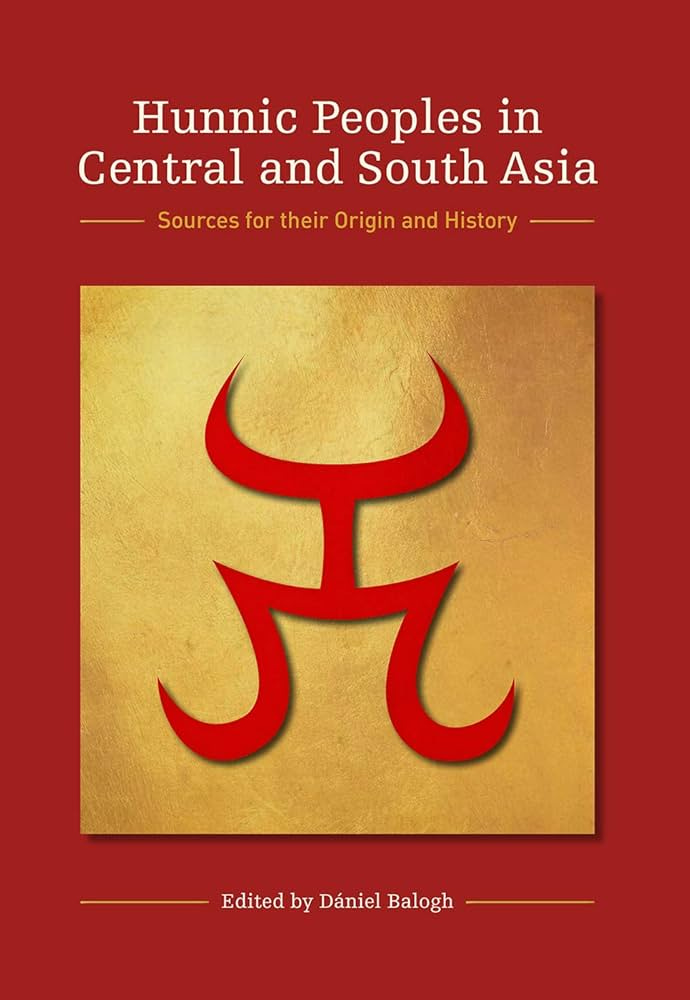
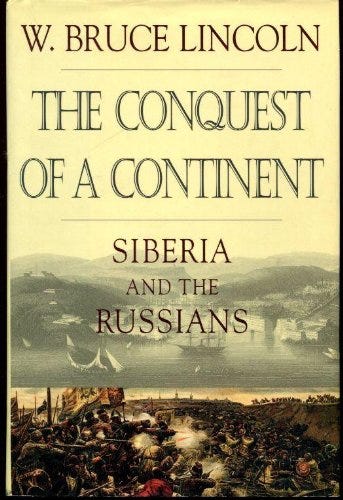
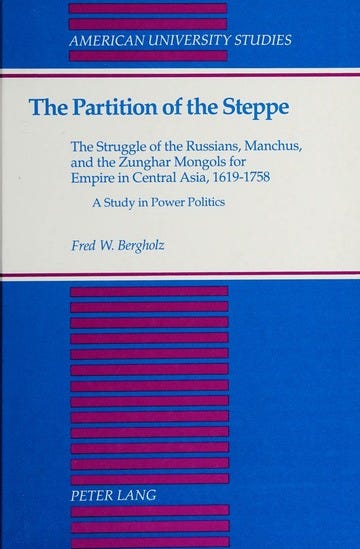
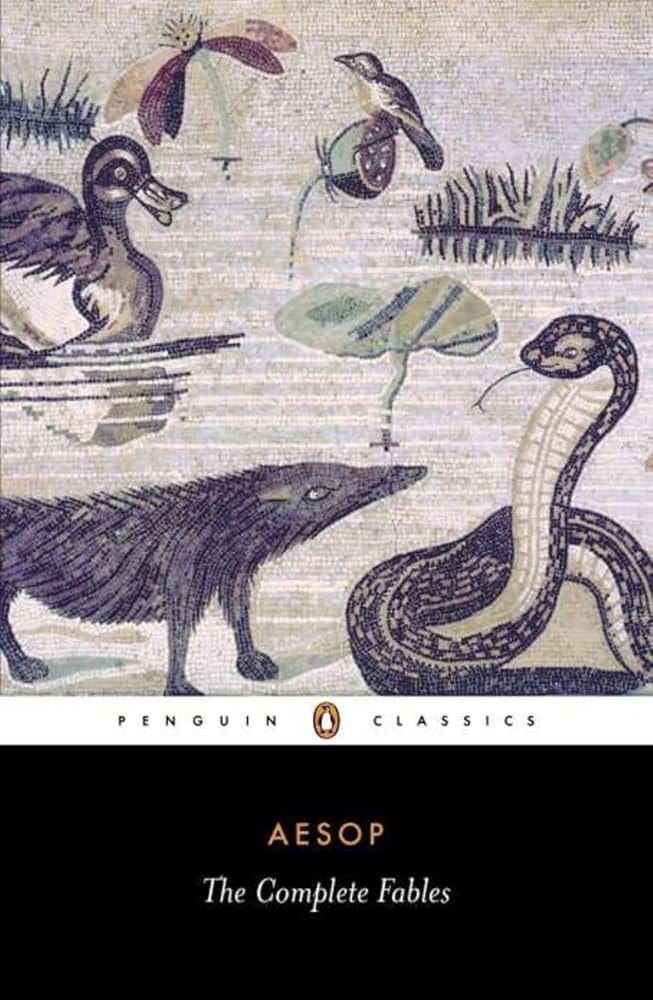
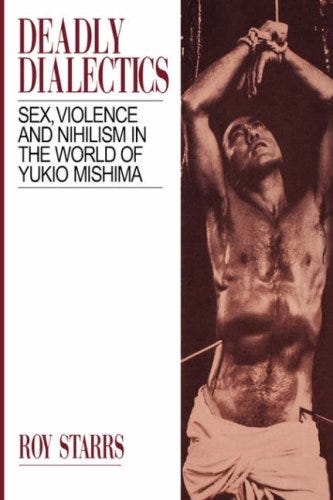
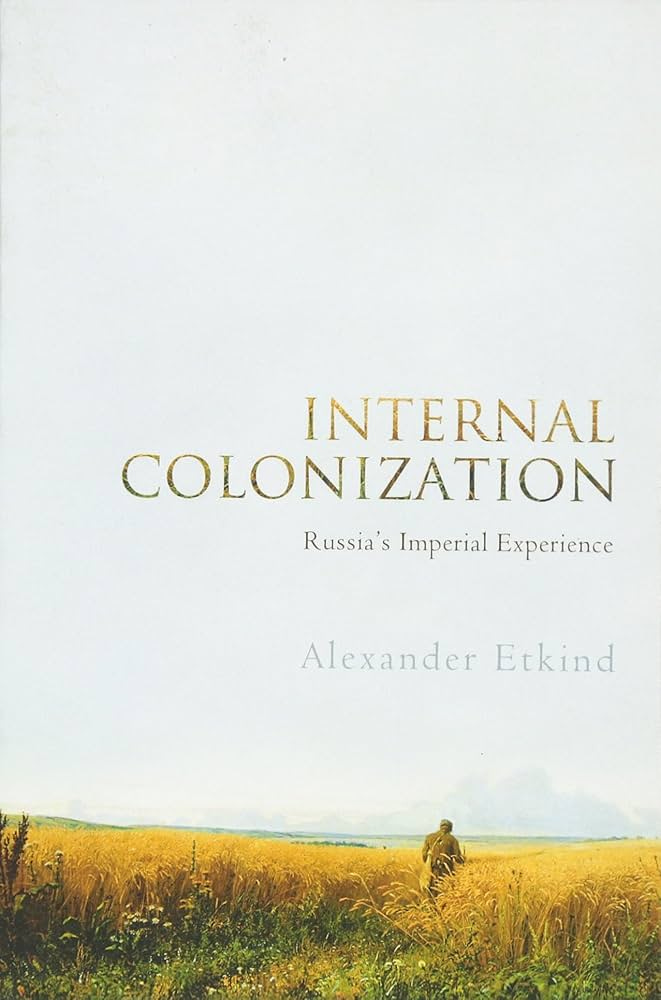
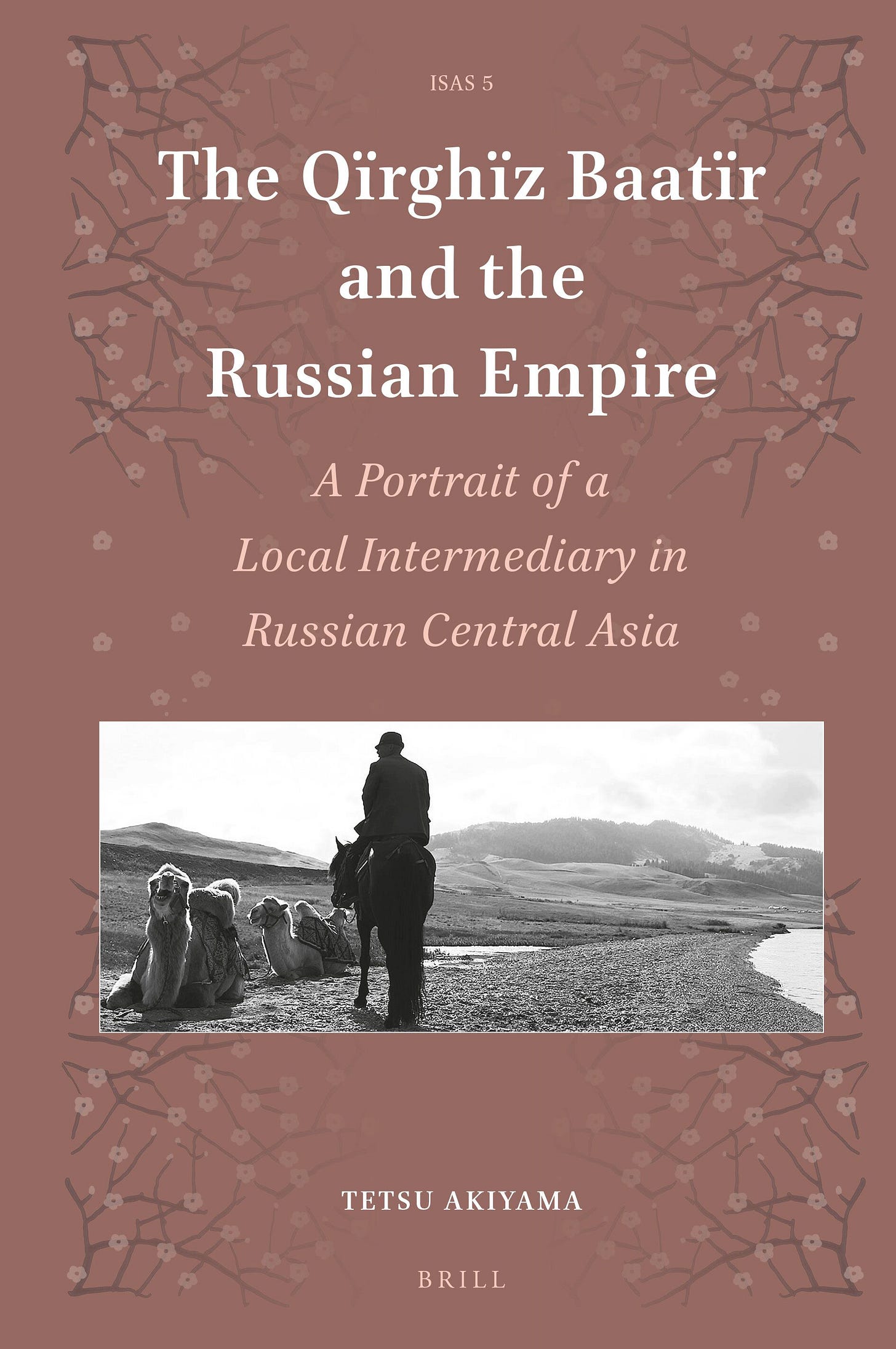

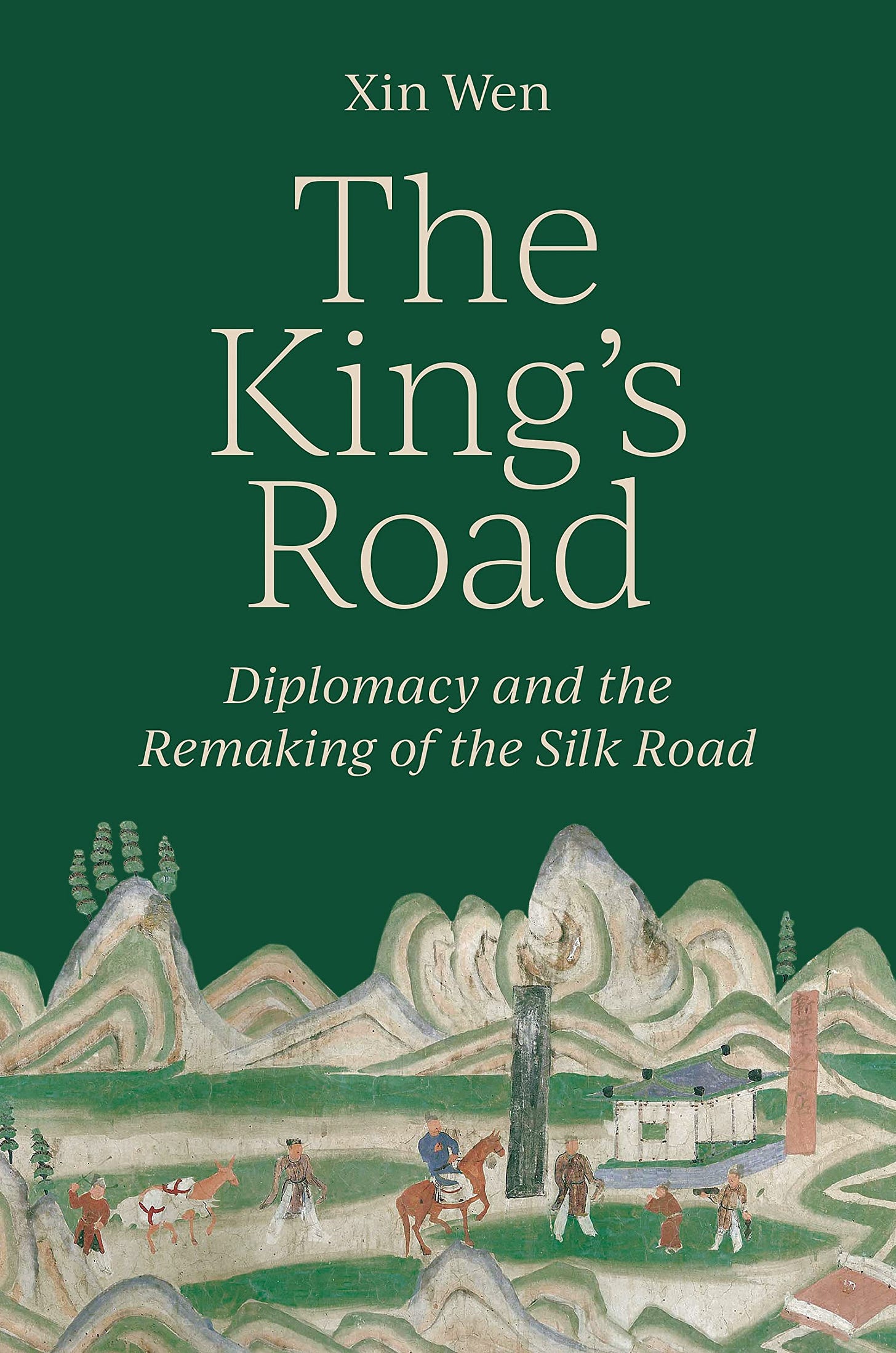

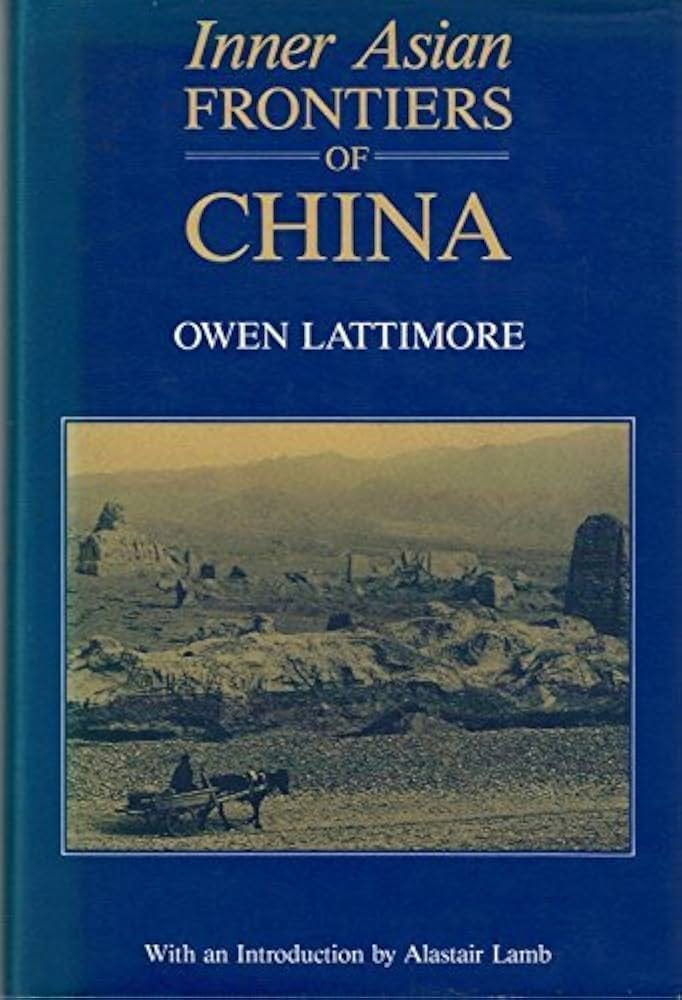

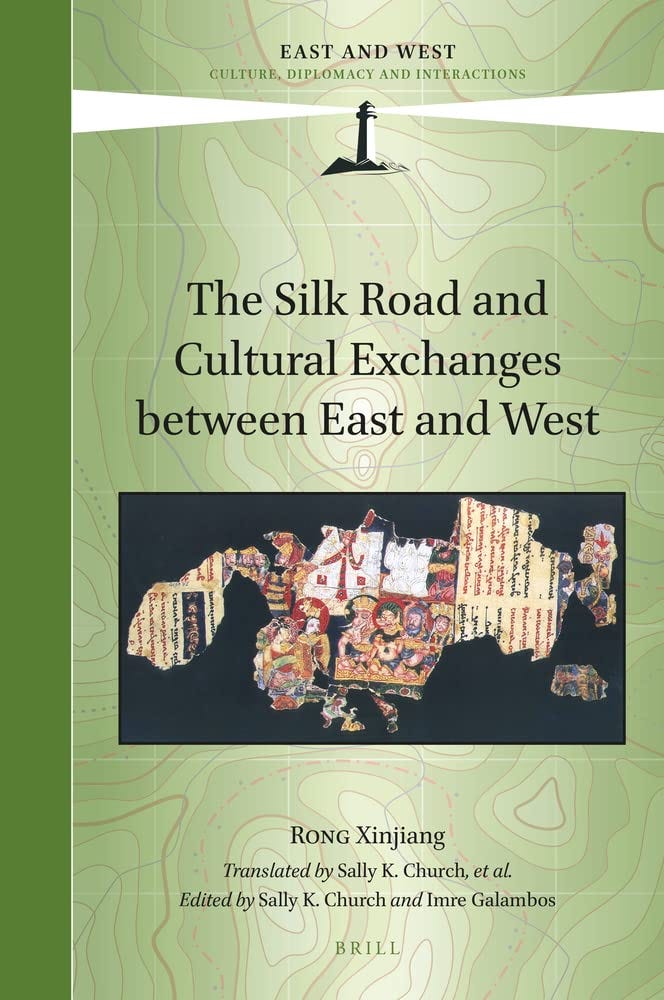
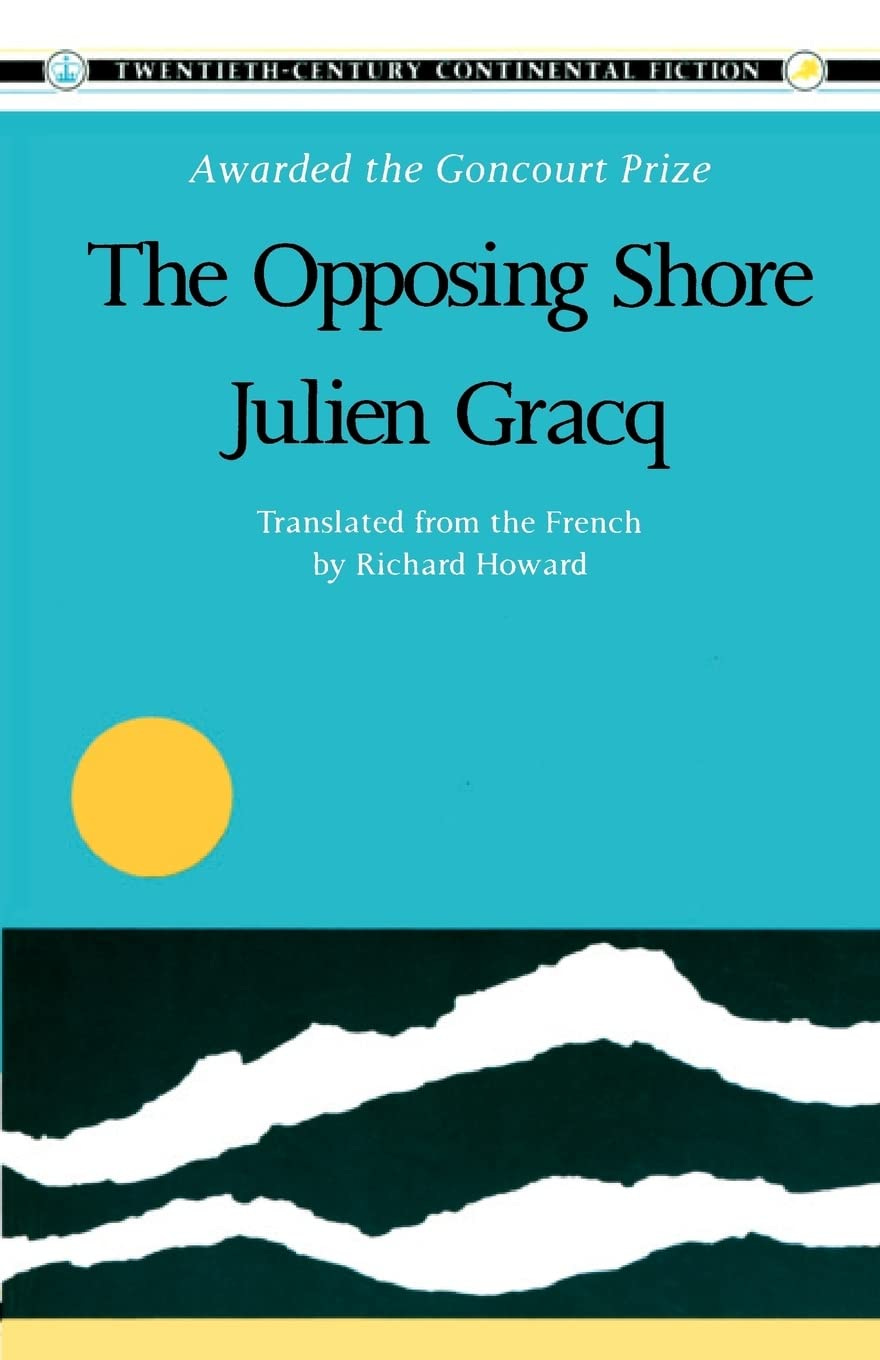
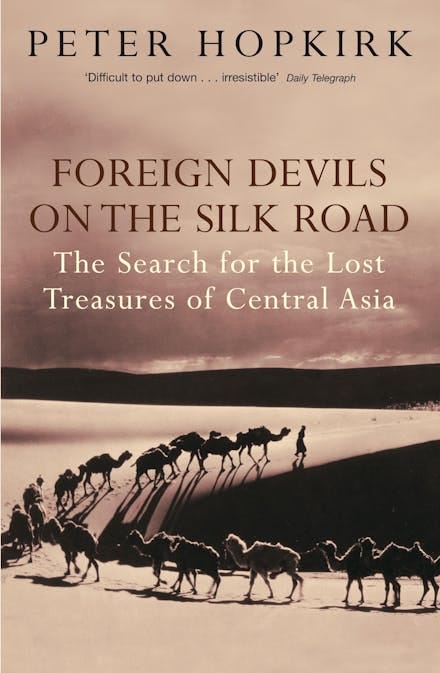
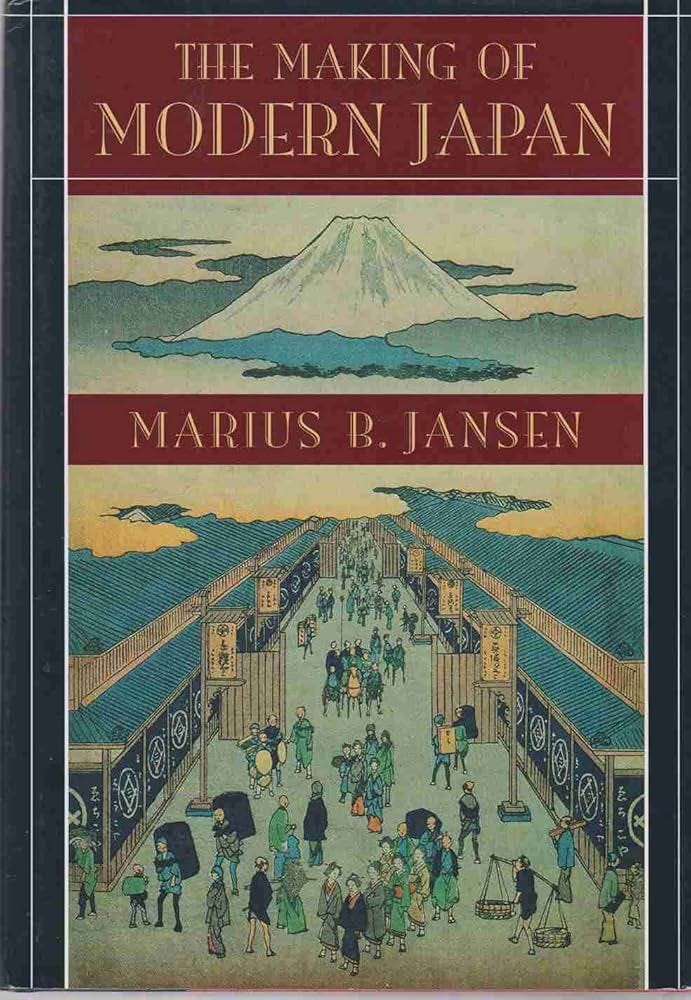
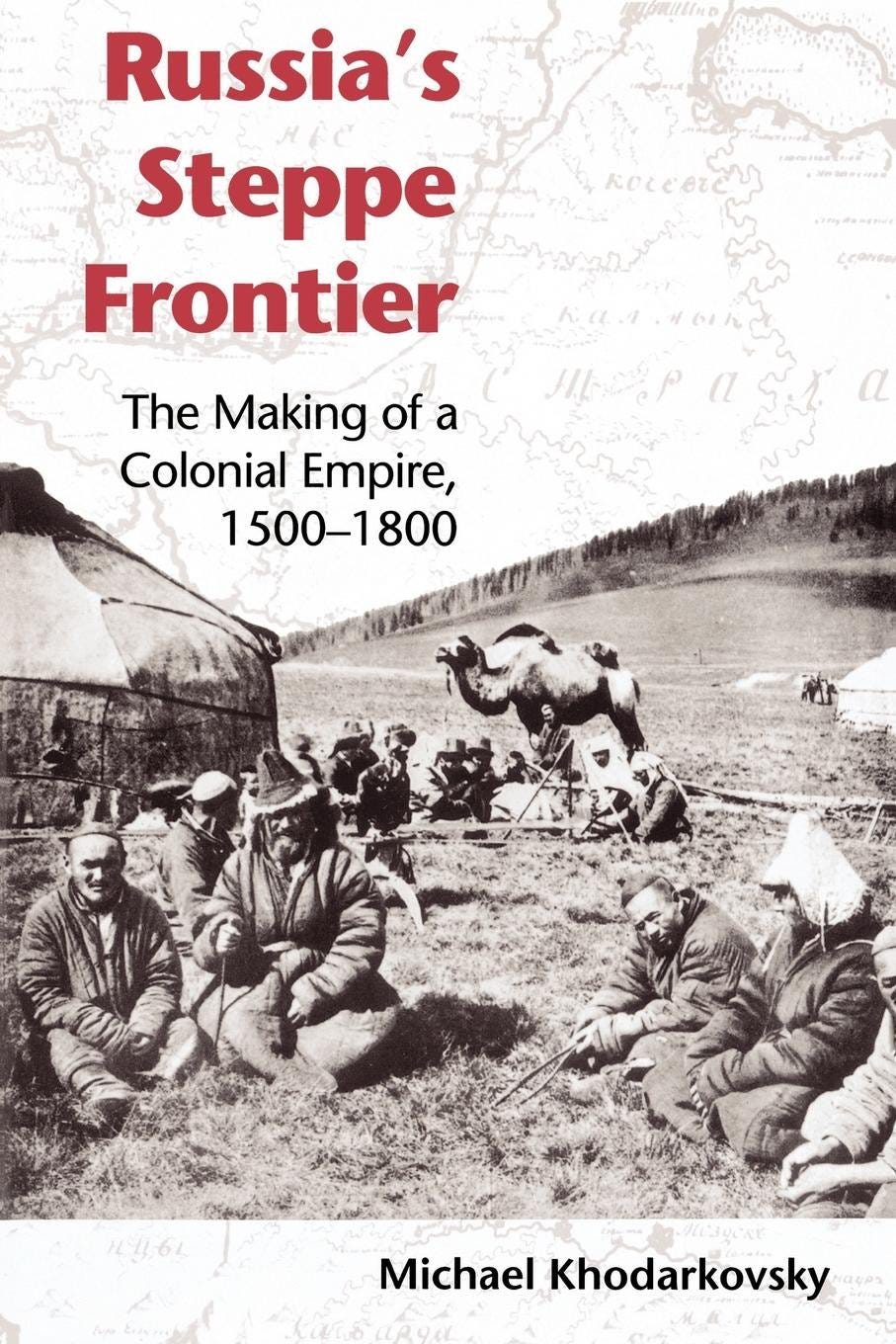
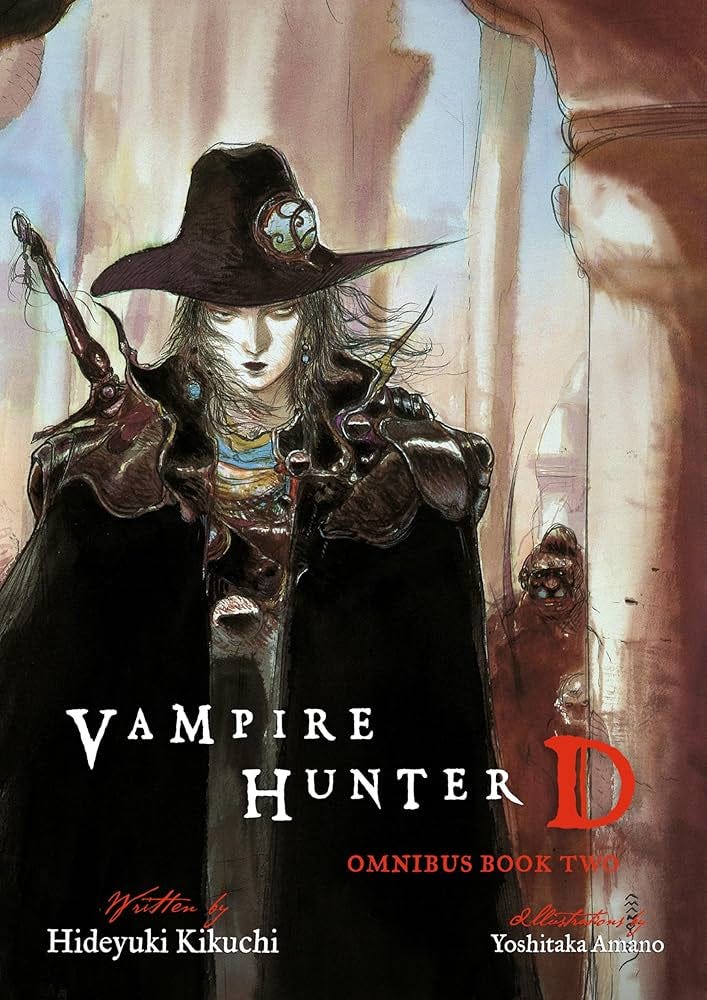


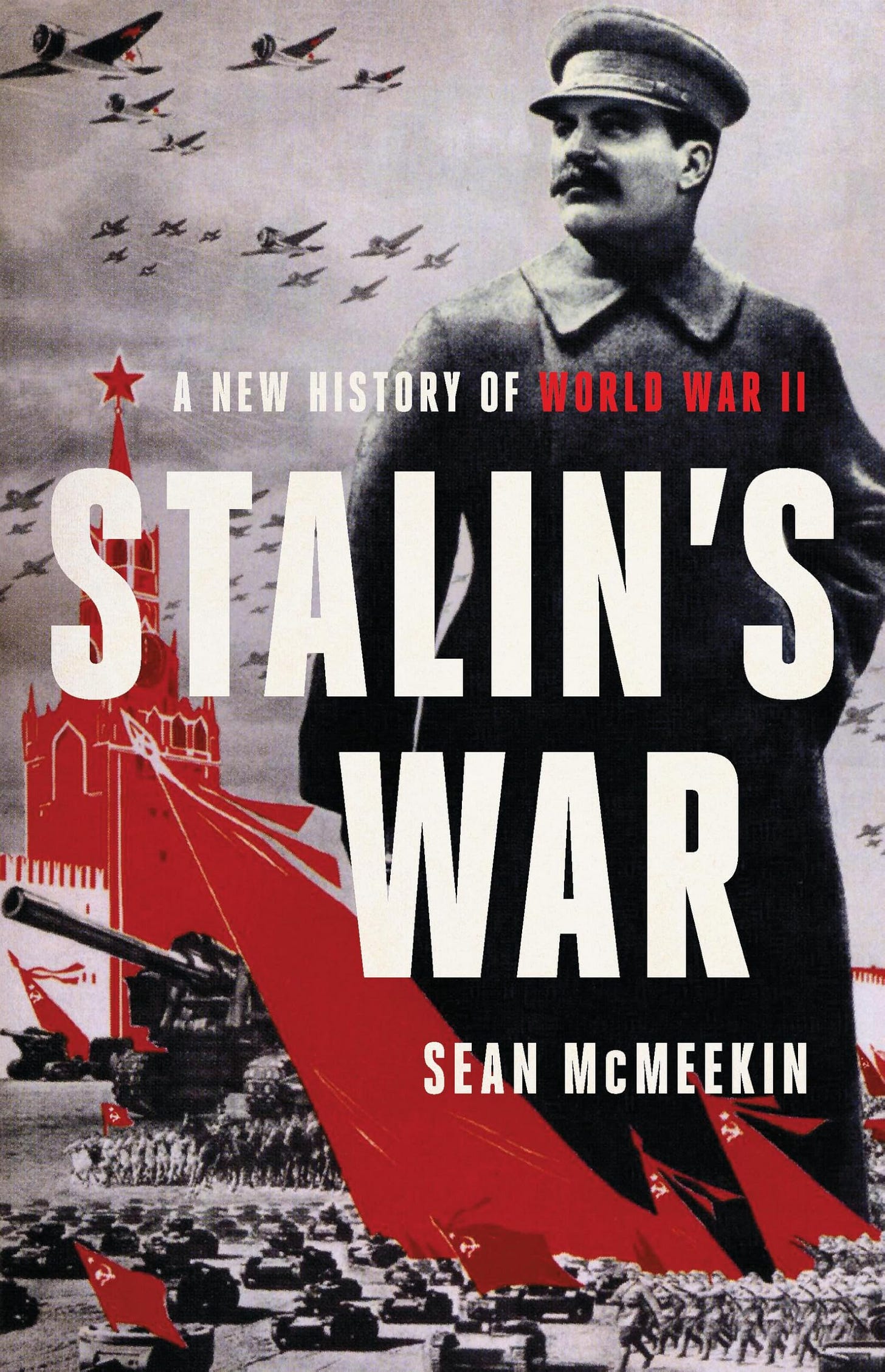
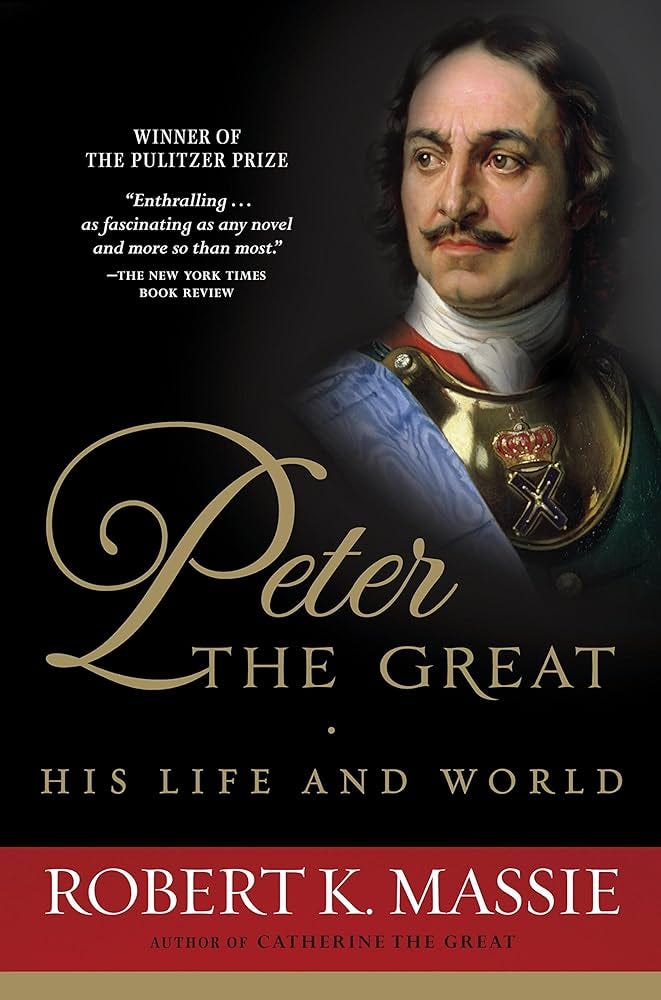

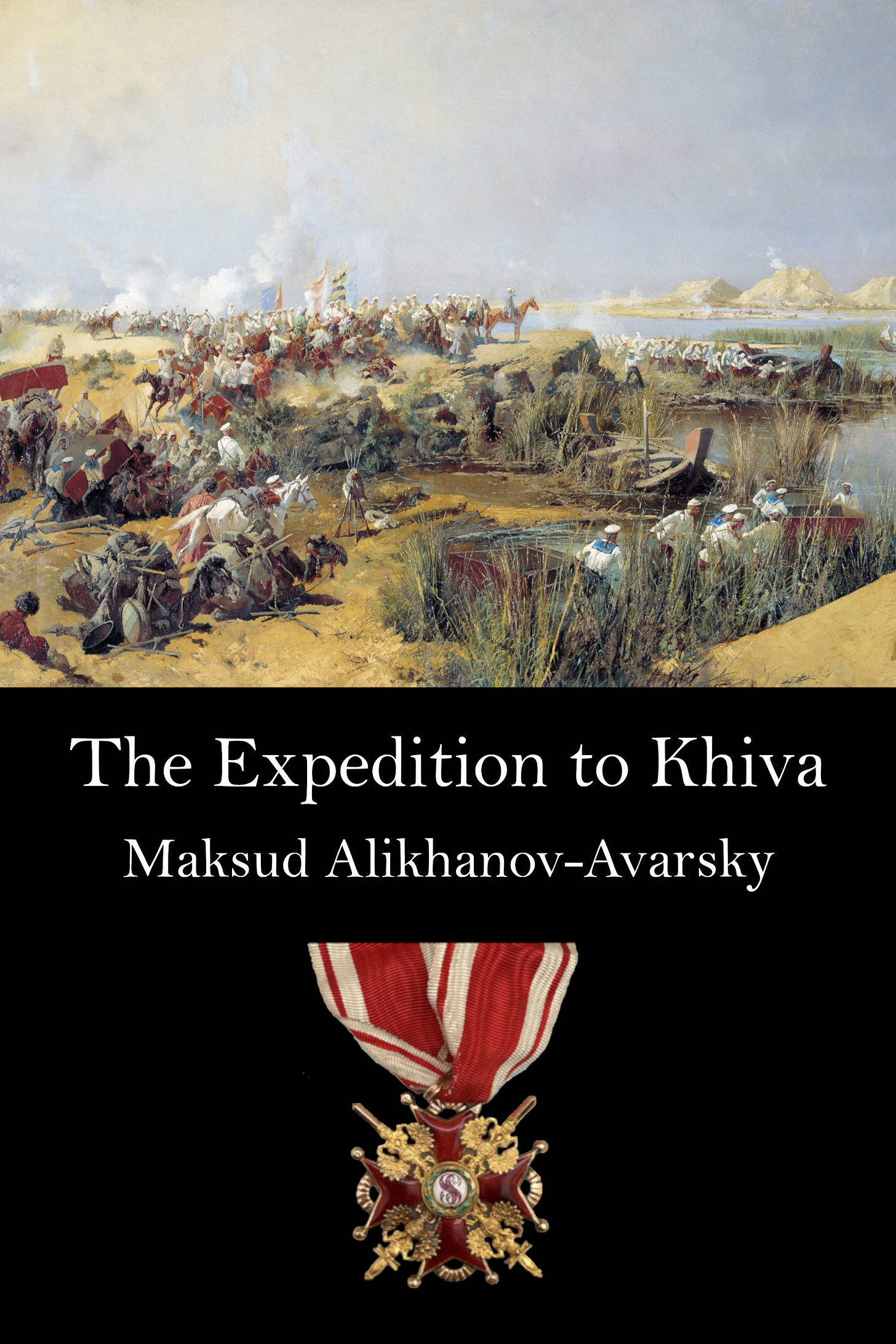
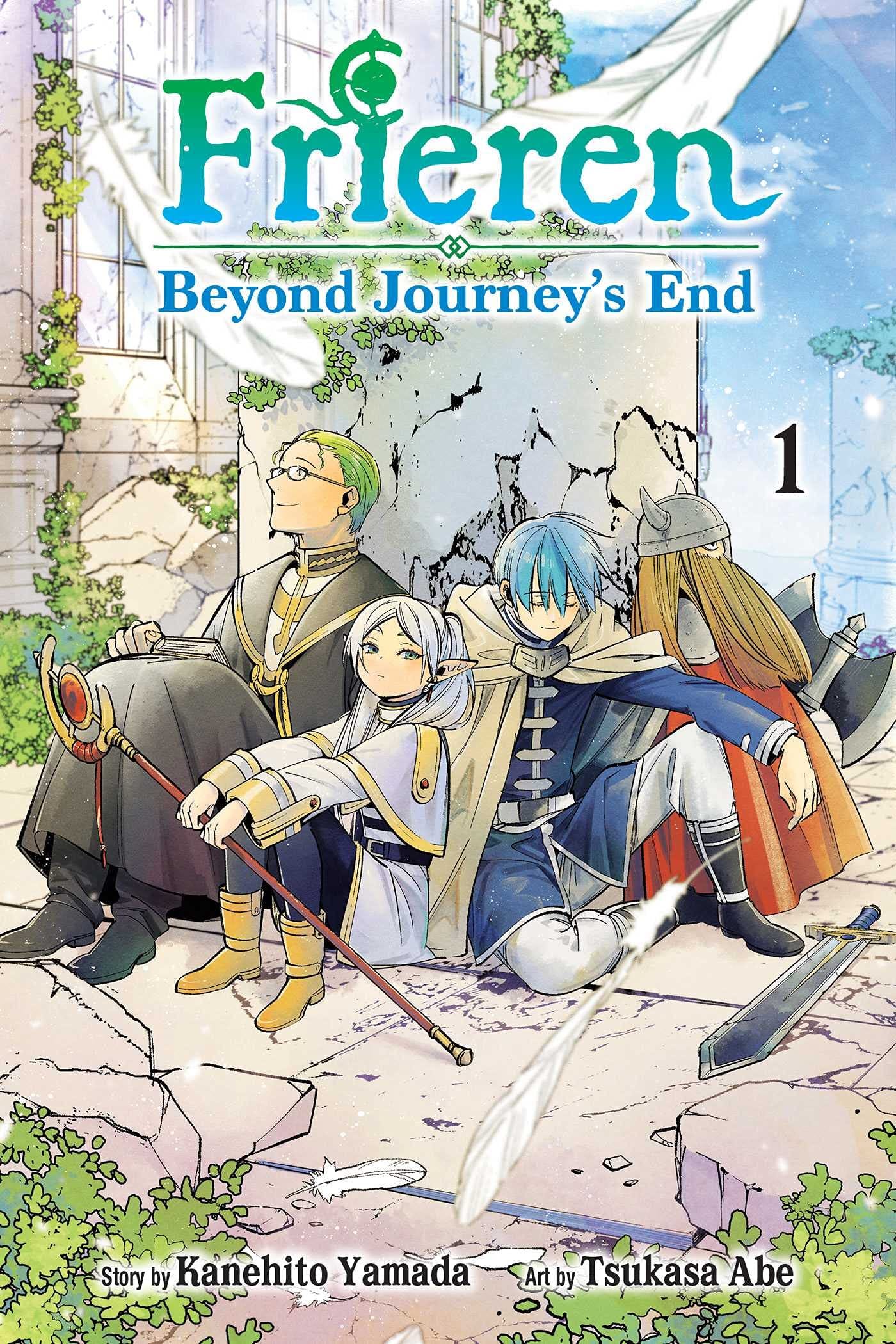
Thank you for this. Had no idea that Aesop’s fables weren’t set! Stalins War (and mcmeekins stuff generally) is great. He just published a new history of communism that is worth reading.
Very nice, the silk road is so interesting.